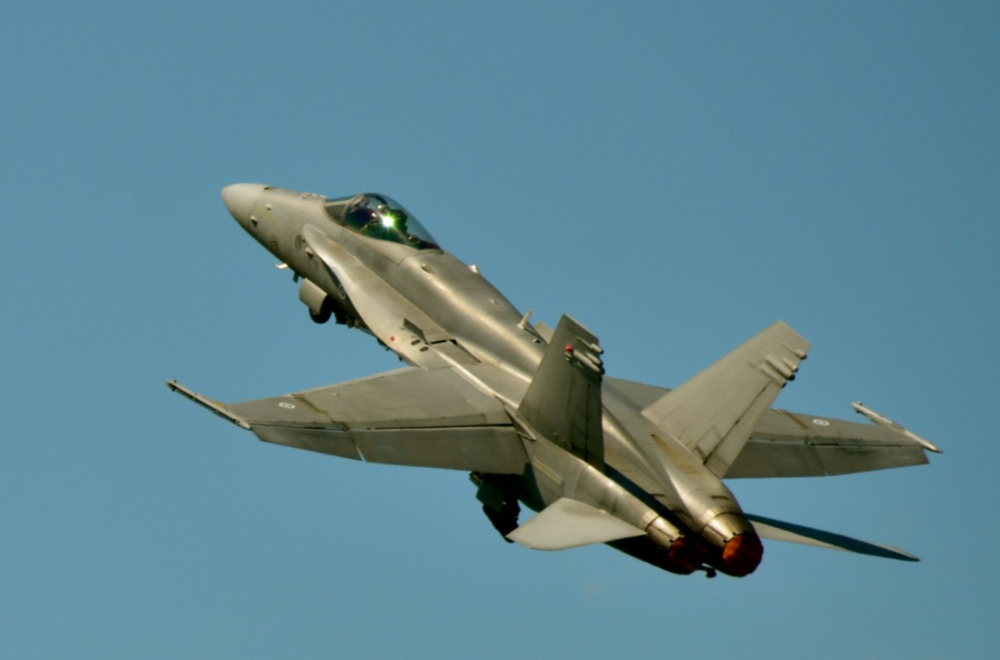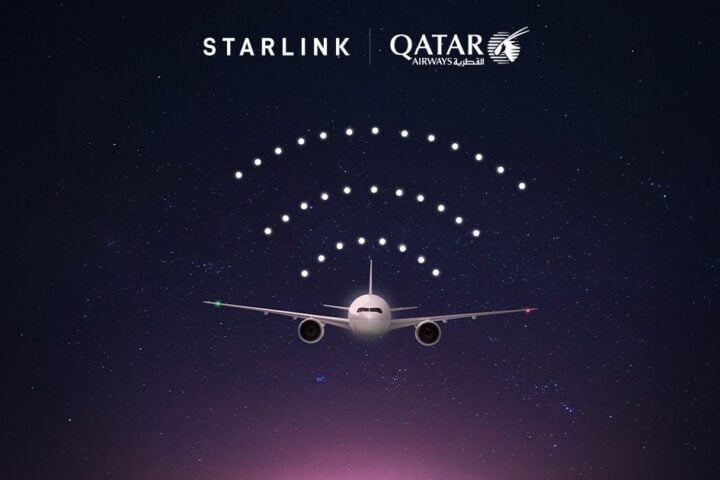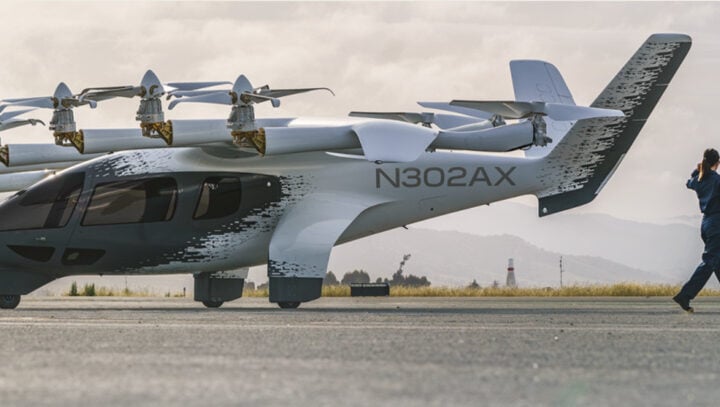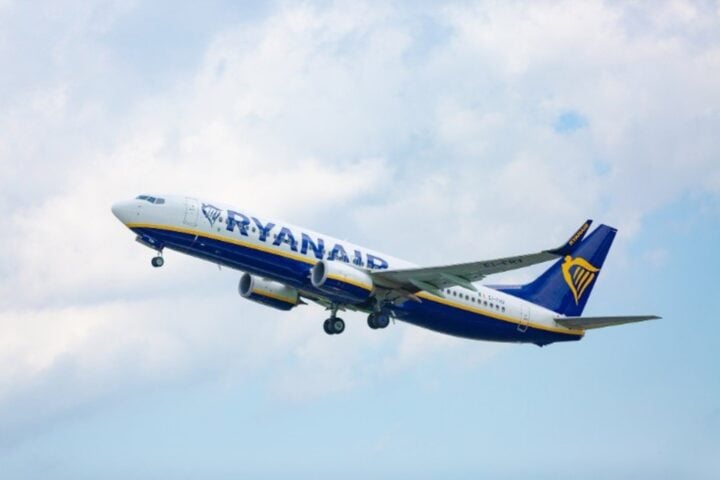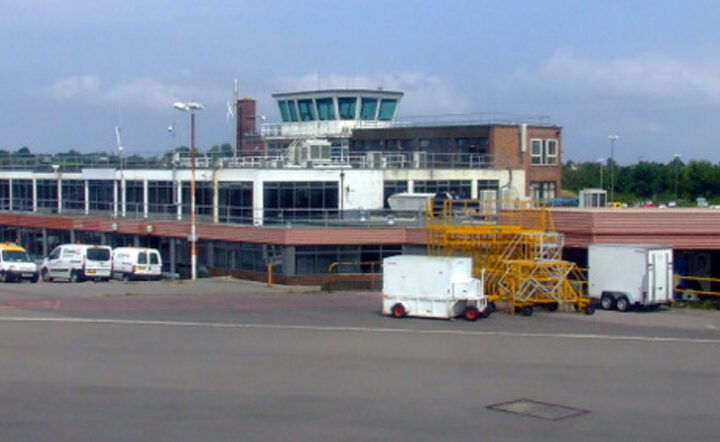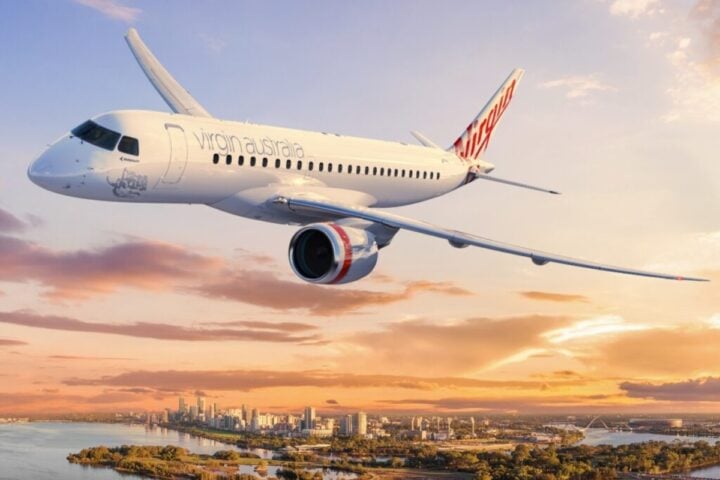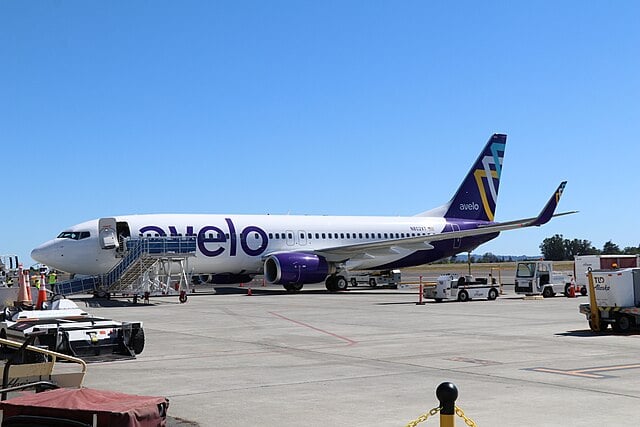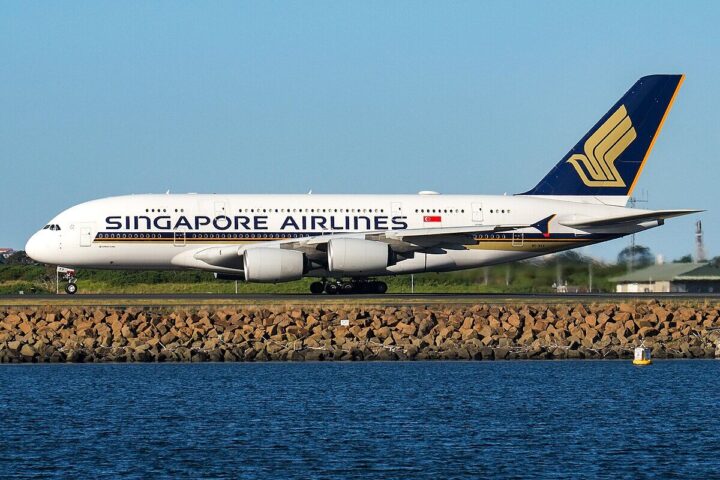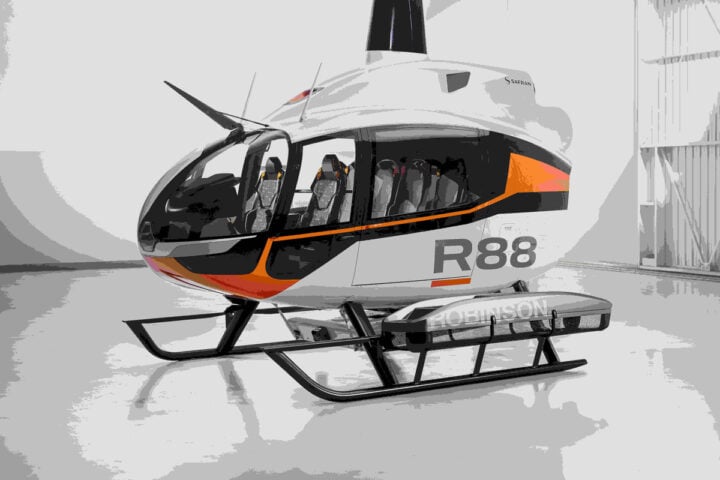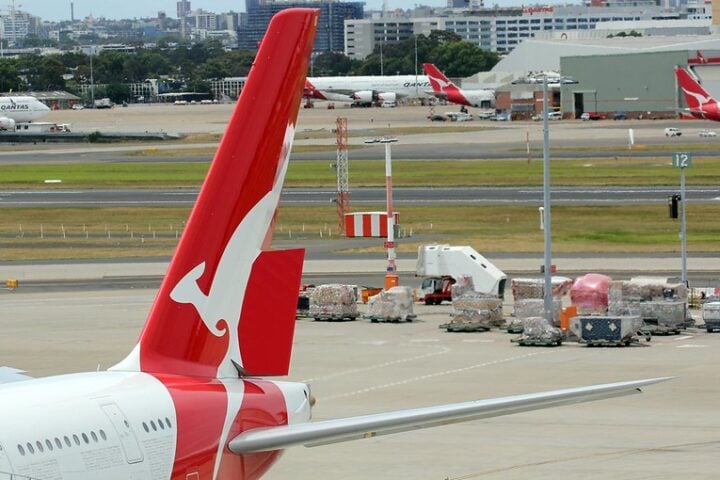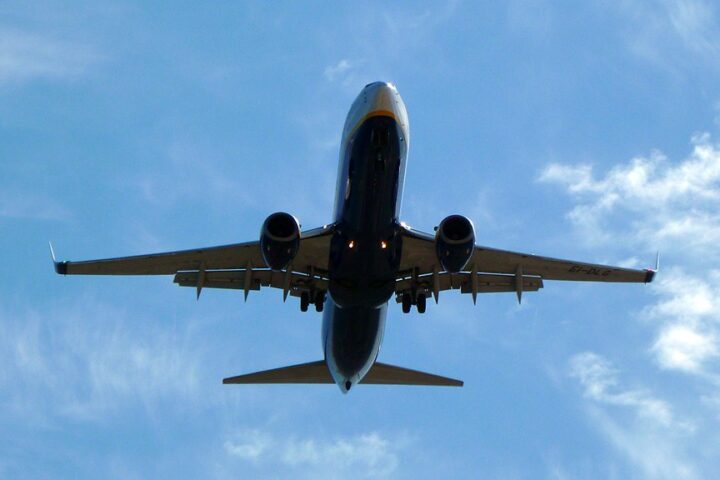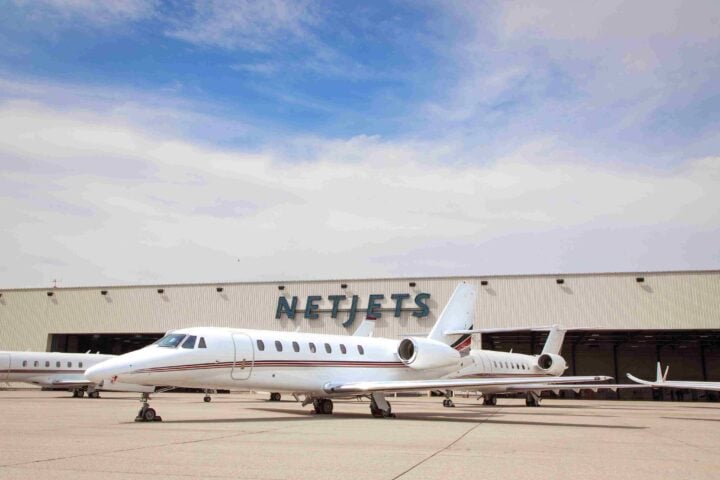Boeing has secured a major victory in the aerospace defense sector by winning the contract for the U.S. Air Force’s Next Generation Air Dominance (NGAD) fighter jet program. The aircraft, now designated as the F-47, will replace the aging F-22 Raptor and represents a sixth-generation fighter jet for the U.S.
President Donald Trump announced the contract award during an Oval Office event alongside Air Force Chief of Staff Gen. David Allvin. While specific pricing details remain classified, the Air Force expects to spend $20 billion on the program.
“Our allies are calling constantly,” Trump added, saying foreign sales could be an option. “They want to buy them also.”
Design Features Raise Questions
Official renderings of the F-47 show several surprising design elements, most notably canard foreplanes—small wing-like surfaces near the nose of the aircraft. This feature has raised eyebrows among aerospace experts, as canards can affect radar signature while improving aircraft agility.
The presence of canards suggests Boeing may have prioritized agility more than expected in a program that was widely believed to focus primarily on stealth, range, and payload capacity. The F-47 appears to feature a tailless design with positive dihedral (upward-angled) wings.
Technical Promises
Gen. Allvin has made several bold claims about the F-47’s capabilities compared to the F-22:
- Significantly longer range
- Enhanced stealth capabilities
- Lower cost per aircraft
- More adaptable to future threats
Similar Posts
“Compared to the F-22, the F-47 will cost less and be more adaptable to future threats – and we will have more of the F-47s in our inventory,” said Chief of Staff of the Air Force, General David Allvin.
Development Timeline and Testing
Gen. Allvin promised the F-47 will fly before the end of Trump’s administration—by January 2029. According to the source, the F-22 went from being selected as the winner of the Advanced Tactical Fighter contest in 1991 to the first flight of a production model in about six years.
Family of Systems Approach
The F-47 will be part of a broader “family of systems” that includes unmanned Collaborative Combat Aircraft (CCAs) designed to work alongside it. These accompanying drones are expected to conduct reconnaissance, strike missions, electronic warfare, and serve as decoys, providing the F-47 with expanded capabilities without increasing the manned aircraft’s size or complexity.
Industrial Base Implications
Doug Birkey, executive director of the Mitchell Institute for Aerospace Studies, noted the importance of this contract for maintaining America’s aerospace industrial capacity: “For the country, that’s a really important thing, to have that innovation, that competition and frankly, the volume production.”
The win provides Boeing’s troubled defense division with a much-needed boost after several high-profile problems with other programs, including the KC-46A tanker, T-7A trainer, and Air Force One replacement.
“It’s up to Boeing to make this opportunity a win,” Birkey added. “Only time will tell on that.”
What’s Next
The contract awarded to Boeing funds the engineering and manufacturing development phase, including production of several test aircraft. It also includes options for low-rate initial production.

Trump left open the possibility of selling “toned-down” versions of the F-47 to allies—a notable change from the F-22, which was banned from export due to security concerns.
The Air Force said decisions about basing locations and additional program elements will be determined in coming years as the fighter advances toward operational deployment.
